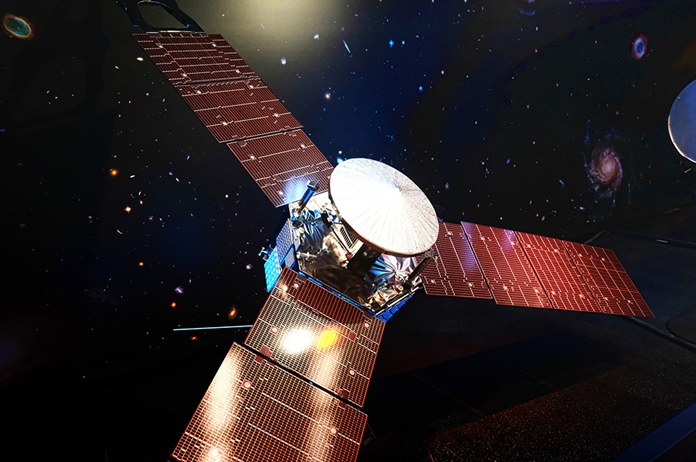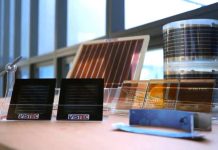Los Angeles (AP) – Since launching in 2011, NASA’s Juno spacecraft has been cruising toward the biggest planet in the solar system. On Monday, July 4, Juno performed a nail-biting move that placed it into orbit around Jupiter to explore its cloud-covered atmosphere and interior makeup.
Here are a few key numbers about the $1.1 billion mission:
– 1.8 billion miles (2.8 billion kilometers)

That’s the total distance traveled from launch to arrival. Juno’s journey wasn’t a straight shot. Because the rocket that carried Juno wasn’t powerful enough to boost it directly to Jupiter, it took a longer route. It looped around the inner solar system and then swung by Earth, using our planet as a gravity slingshot to hurtle toward the outer solar system.
– 3,100 miles (5,000 kilometers)
That’s how close Juno will fly to Jupiter’s cloud tops. It’ll pass over the poles 37 times during the mission on a path that avoids the most intense radiation.
– 48 minutes, 19 seconds
That’s the time it took for radio signals from Jupiter to reach Earth. During the encounter, Juno fired its main engine for about a half hour to slow down. By the time ground controllers received word, the engine burn was completed, placing Juno in orbit.
– 20 months
That’s how long the mission will last. Because Juno is in a harsh radiation environment, its delicate electronics are housed in a special titanium vault. Eventually, Juno will succumb to the intense radiation and will be commanded to plunge into Jupiter’s atmosphere to avoid any collision with the planet’s moons.
– Nine
Juno carries a suite of nine instruments to explore Jupiter from its interior to its atmosphere. It will map Jupiter’s gravity and magnetic fields and track how much water is in the atmosphere. Its color camera, dubbed JunoCam, will snap close-ups of Jupiter’s swirling clouds, polar regions and shimmering southern and northern lights.
– Three
Three massive solar wings extend from Juno, making it the most distant solar-powered spacecraft. The panels can generate 500 watts of electricity, enough to power the instruments.
Online:
Mission page: http://tinyurl.com/Jupitermission




